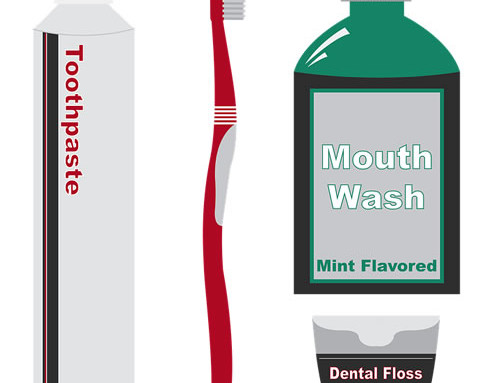Tooth whitening can brighten up your entire face, and it is a procedure that is constantly in demand. Dr. Han takes the time to make sure your results look natural while ensuring your comfort and safety throughout your tooth whitening treatment. The results Dr. Han offers are more dramatic and lasting than other methods of teeth whitening.
Regardless of how well you care for your teeth, it is inevitable that, over time, some yellowing or discoloration will occur. This gradual change can be caused by aging, substances that stain your teeth (such as coffee and tobacco), excessive fluoride, or the deterioration of a tooth’s nerve. A tooth whitening treatment can be performed wither as an at-home, dentist-supervised process, or in the dentist’s chair. While neither of these methods stops future discoloration, these tooth whitening treatments bring about whiter teeth and help create a brighter smile.
At-Home Teeth Whitening
The most popular method of tooth whitening is the at-home, dentist-supervised option. During your visit to the dentist for tooth whitening, he or she takes a mild of your teeth and creates a comfortable, customized mouth tray. The mouth tray holds a mild solution whose main ingredient is carbamide peroxide, a substance that reacts with water to release a non-toxic bleaching element (hydrogen peroxide). The mouth tray is placed inside the mouth and sits only against the teeth, thereby avoiding contact with the gums. Patients can choose either to wear the mouth tray throughout the night or for stretches that last from two to four hours. When the mouth tray is worn throughout the night, the tooth whitening treatment lasts one to two weeks. Patients with more sensitive teeth may opt for the latter approach, which lasts three to five weeks.
Teeth Whitening Concerns
When using at-home teeth whitening treatment, patients’ may feel a heightened, but temporary, sensitivity. The gums may also feel more sensitive or burn slightly. Not all people experience the quality of whiteness they had hoped for on their first tooth whitening treatment, and they may require a “touch-up” treatment. Teeth whitening treatments begin to fade in one to four years. It should be noted that tooth whitening treatments have no effect on the artificial materials used for bonds, porcelain veneers, or crowned (capped) teeth.


Leave A Comment